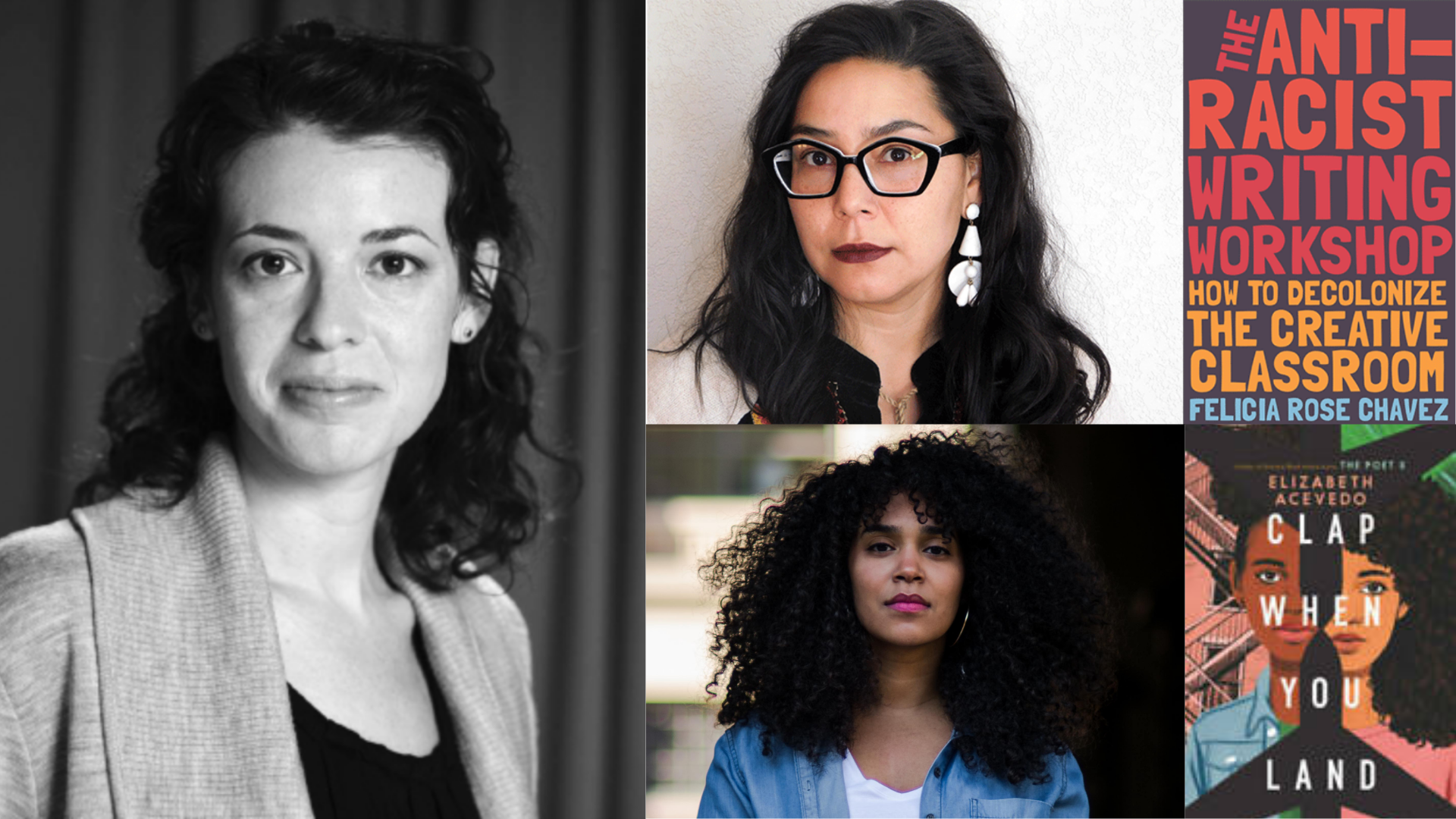When I first began teaching reflective writing to young physicians-in-training, Covid was just getting started. My first session was scheduled as an in-person class but was moved to an online platform at the last minute. I was disappointed. Sharing one’s creative work requires bravery and vulnerability. As a new faculty member, I was already at a disadvantage. How would they ever feel comfortable sharing their work with me? I had come to terms with meeting them socially distanced and masked. Now we would have a screen separating us as well.
On the day of our first workshop, the residents logged in from wherever they happened to be at the time. Some were working in clinics and hospital wards and ICUs all over the city. Others logged in from their living rooms. Masked and unmasked, drinking from water bottles, grabbing dinner out of pizza boxes. I logged in after seeing my last patient of the day, rain pelting the panes of my office. It was five o’clock on a mid-September afternoon, but the sky was already black with thick clouds.
By sharing our writing and by making ourselves vulnerable together, we strengthen our connections as colleagues, girding us against burnout and bringing meaning to our work.
I started by asking them to introduce themselves, to share what clinical rotation they were on, and to note if they had any experience with narrative medicine. Some were familiar with the concept. A few recalled hearing a lecture about it in medical school. All were eager to learn something new. Something other than hypertension and diabetes. I briefly outlined the core tenets and goals of narrative medicine. Close reading of works of literature (Attention) enhances powers of observation, aiding clinical acumen. Writing reflectively (Representation) develops empathy, and patients of empathetic physicians have better clinical outcomes. By sharing our writing and by making ourselves vulnerable together (Affiliation), we strengthen our connections as colleagues, girding us against burnout and bringing meaning to our work.
Next, we took turns reading stanzas of Theodore Roethke’s “The Waking.” Meanwhile, the storm blanketed our entire region. Lightning flashed in our windows. The downpour grew louder outside our walls. One of us or another would jump at a sudden clap. We read on, connected by thunder.
We talked about the natural imagery of the poem: the light, the trees, the earth. We discussed the poem’s larger themes: life and death, God and nature, purpose and fate. We wrote reflectively to prompts I had created, designed to encourage them to connect this art to their own experiences as doctors in training. I watched them work. On laptops, in notebooks. Keys clacking, pens scratching. I tried to match these faces on the screen—masked, serious—with their orientation photos—beaming, full of hope and pride. They looked so different now. Already tired and worn, just three months in.
I’d given them 10 minutes to write, but when the time was up, they kept their heads down. They chewed on pencil tops, furrowed brows. They had more to say. I let them finish. When it came time to share our work, I told them it was voluntary. They could read their words or just talk about the process: what it was like to put pen to paper with their peers. I had worried no one would speak. I needn’t have.
They connected the poetry to their experiences on the wards as well as to their childhood pasts. They told of dying patients, echoing the grief of their own grandparents’ passing. They wrote about complicated labors, anxiety for the outcome clouding the miracle. They shared their experiences delivering bad news to family members. My self-conscious fears as a teacher gave way to deep gratitude to these young doctors. For trusting the process. For trusting me.
The theme that kept emerging from our time together was the idea of interconnectivity.
Though initially I relied on traditional curricula, as I became more confident and flexible, I chose my own texts and focus based on the residents’ needs at that moment. Just before one recent session, I found out that a beloved patient whom all the residents had cared for had died unexpectedly. I had planned to use Richard Weinberg’s moving braided essay “Communion” to explore the idea of open receptivity to patient stories in the exam room. Instead, we read Lucille Clifton’s poem “the death of fred clifton,” creating a shared space to release their grief. The theme that kept emerging from our time together was the idea of interconnectivity. “I think we are all souls inhabiting bodies,” one resident mused. Then, almost to himself, he added, “I wonder if a leaf on a tree has any awareness of being a part of something larger.”
Recently I prepared a lesson on self-compassion, a critical skill for doctors to develop in order to buffer against the burnout that is threatening our profession. We read Ross Gay’s poem “Thank You.” “All you love will turn to dust,” the poem declares. Some in the class found this one phrase to be disconsolate. But one of the residents found beauty and hope in those same words. “We all come from stardust,” she said matter-of-factly. “We are all connected. I found that line comforting, actually.” Her comment reminded me of our very first session, when I was just meeting this group. When we were all connected by thunder.
Teaching reflective writing includes creative writing but is distinct from it. As a facilitator of writing as personal inquiry, I am not teaching the definition or construction of metaphor, for example. I just point it out in their writing when they come to it organically to express their thoughts. Thunder, leaves of a tree, stardust—all these metaphors convey the importance of connection in our work.
Working together as a health care team, developing cultural competency, and partnering with our patients in mutual respect are all forms of affiliation targeted as goals by narrative medicine programs. These young physicians, with their insightful and weighty interpretations, are embodying that affiliation. They are connecting as individuals engaged in similar pursuits. They connect the literature they read to their own experiences with their patients. They connect with each other as they share their most profound observations and thoughts. They connect with their deeper selves as they explore what it means to be a physician in these turbulent times. Story centers us all.

Carolyn Roy-Bornstein
Carolyn Roy-Bornstein is a retired pediatrician and the writer-in-residence at the Lawrence Family Medicine Residency program. Her work has appeared in the Washington Post, the New York Times, the Boston Globe, JAMA, Poets & Writers, The Writer magazine, and many other venues. She lives and writes in Maine and Massachusetts.



